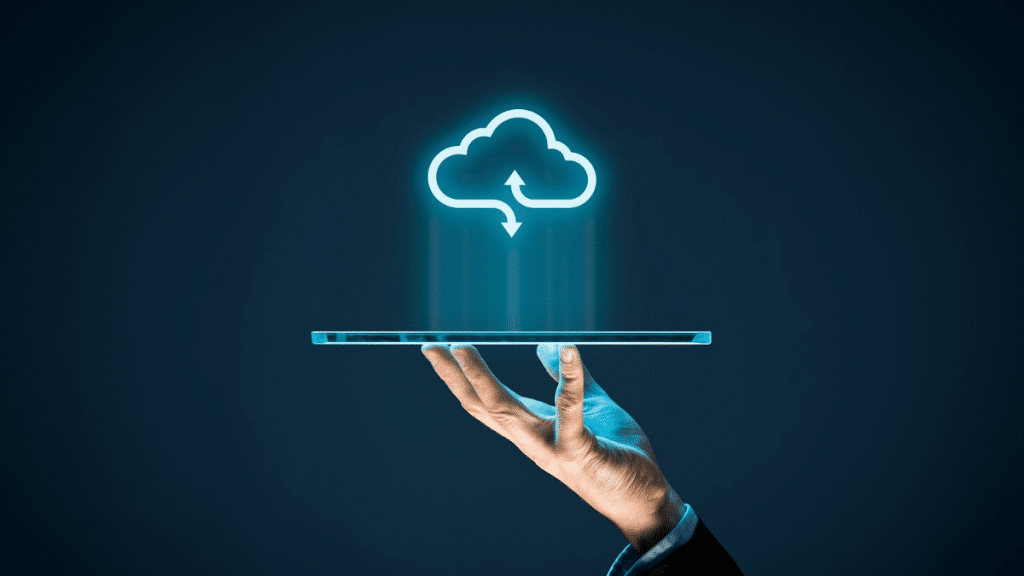Modern business operates on a foundation of cloud computing technology. According to Gartner, more than 90% of businesses will use mixed cloud systems by 2027. Cloud infrastructure spending globally will reach over $1 trillion in 2025 since businesses have started reassessing their methods of handling data and workloads as well as AI-powered services.
An examination of the main cloud computer patterns for 2025 follows.
GenAI Infrastructure is Leading Innovation
Companies now need to redesign their operations because generative AI (GenAI) consumption requires a huge computation capacity. ChatGPT and similar platforms demand extensive computational power and large storage space and memory capacity, which many organizations cannot independently manage.
Cloud providers enhance their services by offering GenAI functionality to customers. These AI platforms help organizations conduct training for big models alongside unstructured data processing, with additional capacity to enhance AI deployment scalability beyond hardware limitations. By 2025, the transition will occur from AI testing phases into large-scale AI production systems that use cloud computing platforms.
However, GenAI also demands smarter infrastructure. Cloud systems must adapt to GPU-intensive tasks and fast provisioning. While many companies are embracing the public cloud for this, others still rely on private or hybrid models for sensitive applications.
Retrieval-Augmented Generation (RAG) Gains Ground
With growing concerns over hallucinations and inaccuracies in foundational models, RAG solutions are becoming a key focus. Cloud providers are investing in AI pipelines that connect models with real-time data sources to improve accuracy.
RAG-based architectures help organizations build trust in AI output. In 2025, all major hyperscalers are expected to launch their own RAG products, making them a cornerstone of AI infrastructure.
Hybrid and Multi-Cloud Becomes the Norm
One-size-fits-all public cloud is becoming outdated. Businesses now adopt hybrid and multi-cloud strategies, choosing the best platforms for each workload — public cloud, private data centers, edge servers, or mobile.
More and more people are moving to the cloud because of worries about speed, rising prices, and the need for freedom. In 2025, businesses will move more jobs back to standard infrastructure or use edge services for apps that can’t wait for network delay.
This level of complexity usually needs the help of a cloud development company that can create architecture that is safe, flexible, and cost-effective across settings.
Edge Computing: Local Power, Global Potential
Edge computing is transforming how data is processed. Rather than sending every byte to the cloud, businesses now use localized servers — from smart factories to citywide surveillance networks — to analyze information instantly and reduce reliance on distant data centers.
With the rollout of 5G and cheaper hardware, edge computing is no longer a niche. It complements the cloud, especially in scenarios where real-time decision-making is crucial.
Real-Time Cloud Infrastructure
As user expectations grow, real-time cloud processing becomes a must. From streaming media to predictive maintenance in transportation, companies now demand instant analytics and response.
Real-time architecture relies on technologies like serverless computing, flash storage, and edge deployment. These enable time-critical services to be supported by cloud systems, cut down on latency, and grow instantaneously.
To avoid breakdowns before they happen, transportation businesses may use real-time cloud infrastructure to spot unusual data from sensors.
Cloud Security
With increasing cloud adoption comes the need for stronger security practices. Firms will focus on three main strategies in 2025:
- Data encryption: preventing unwanted access to data while it is stored or in transit.
- Multi-factor authentication (MFA): Using biometrics, codes, or behavior analysis in addition to passwords.
- Disaster recovery: Automating backup systems and maintaining business continuity during outages or cyberattacks.
Quick List: Cloud Security Essentials for 2025
- Encrypt sensitive data (especially in AI and financial workflows).
- Enforce MFA across all user and admin accounts.
- Establish geo-redundant disaster recovery plans.
- Perform regular vulnerability scans and security audits.
Collaboration between providers and clients is vital. Regular employee training and transparent vendor relationships will define safe and resilient cloud ecosystems.
Serverless Computing Evolves
Once overhyped, serverless computing is now maturing. It’s no longer limited to simple functions — modern platforms support complex workflows, automatic scaling, and integration with AI and edge systems.
WebAssembly (Wasm) makes release almost instant, and event-driven communication makes serverless a great choice for AI and IoT apps. Its flexibility, billing efficiency, and low barrier to entry make it essential for agile development.
Sustainability in the Cloud
Cloud providers are under pressure to reduce their carbon footprint. Amazon, Google, and Microsoft are working toward 100% renewable energy sourcing and net-zero emissions by 2040 — or sooner.
Cloud-based AI, ML, and IoT solutions are helping industries cut emissions. It’s estimated that cloud-powered systems could reduce global CO₂ output by 32 gigatons by 2050. That’s nearly half the reduction needed to hit net-zero goals.
Digital sustainability isn’t just a corporate promise — it’s a powerful business driver.
Migration Is Key to Cloud Success
To take advantage of these trends, many organizations are turning to expert partners for secure and seamless migration. Whether moving from legacy systems or scaling existing infrastructure, smart migration strategies save time and reduce risk.
One such trusted resource is https://tech-stack.com/services/cloud-migration. Here, companies can find customized solutions for transferring workloads to the cloud with minimal disruption.
